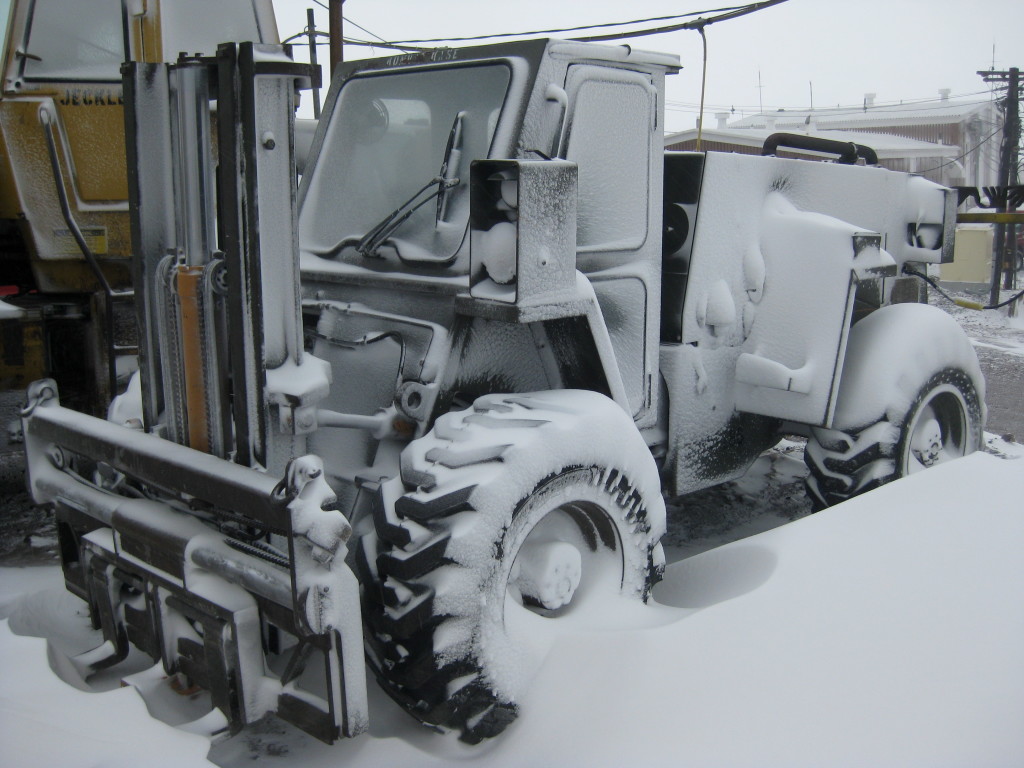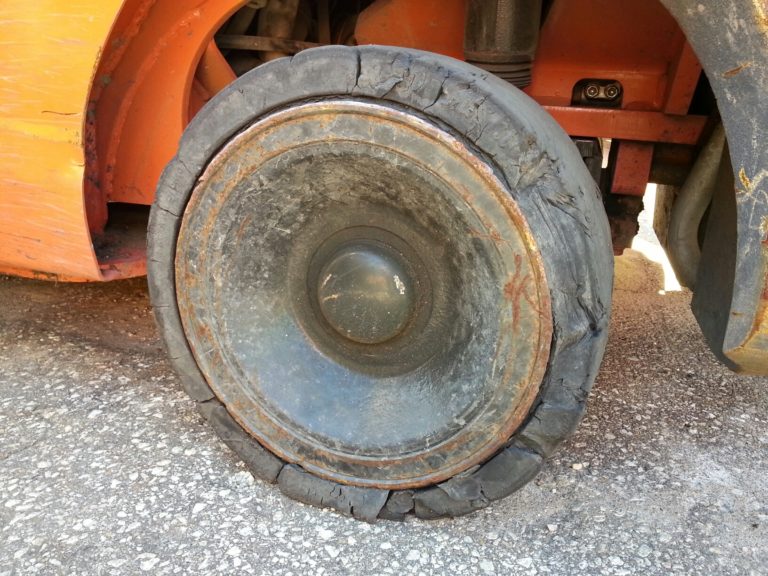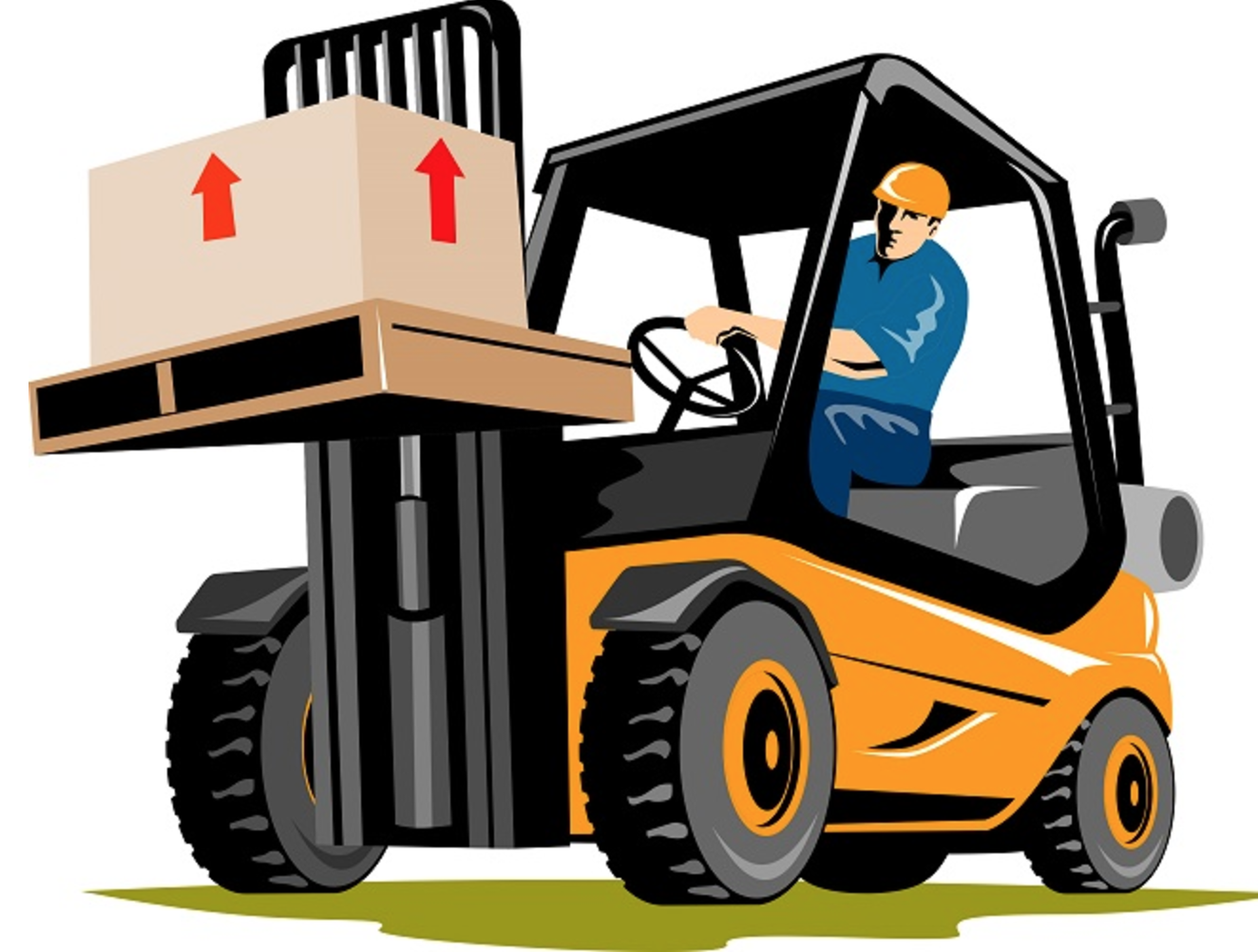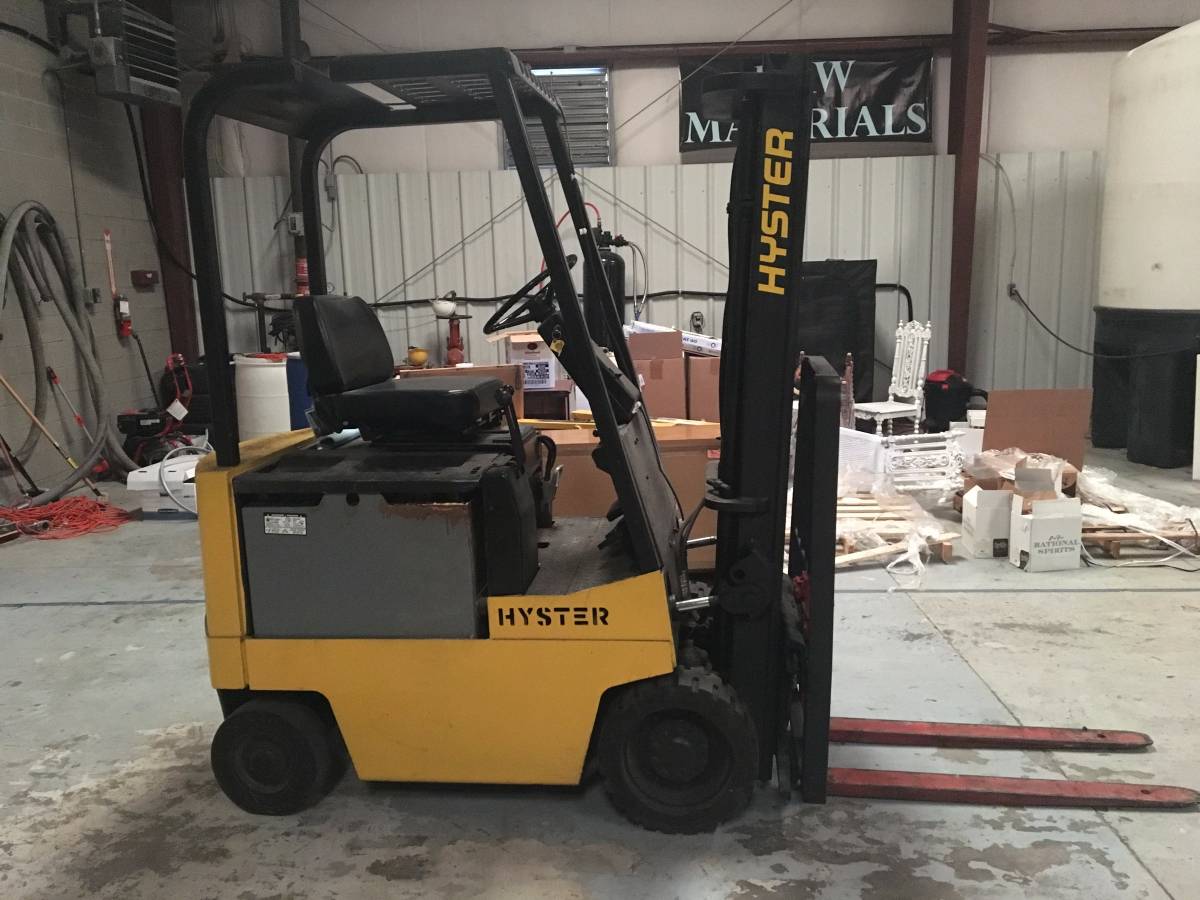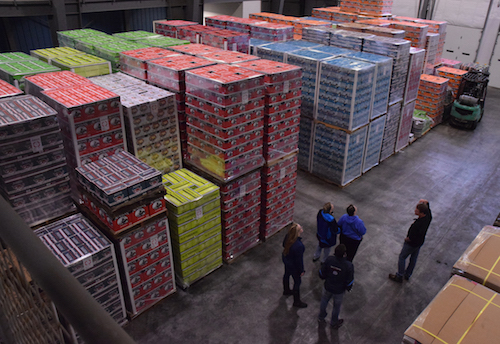Winter is the hardest season of all on vehicles and machinery. With ice, snow and salt sticking to the surface and getting into all the cracks and crevices, and the freezing temperatures taking a toll on the internal fluids and functions of the engine and control panels, nearly all forklifts need some TLC once winter is over. Getting your forklift in ready-to-use condition is timely process so plan ahead before committing your forklift to a full-time, heavy-duty work.
Restore the Battery
The battery of your forklift will need some attention and work before it is able to perform on a regular basis, especially if it sat idle all winter. Rejuvenate the battery by boiling water and fully saturating it with Epsom salt. Drain the battery acid and fill each cell with the Epsom salt solution. Charge and discharge the batter a three to five times over a period of a few weeks, taking care not to inhale any vapors the battery gives off. Doing this not only helps the battery recover from an idle winter, but it also helps the battery charge quicker, last longer, and extends its life. Once the battery is restored, charge it fully before you use the forklift chicago.
Inspect the Fueling System and Engine
If proper preventative care was not given before the harsh winter weather set it, the engine and fueling system of your forklift will probably take the most time to rejuvenate. Check all the different tanks and pipes in the engine to make sure there are not any frozen particles that need to be melted and removed. If the engine was left with liquids inside it, check the places where the liquid was sitting for any cracks that may have resulted from the freezing, and replace any cracked pieces.
Clean the Joints & Check Wiring
Make sure the all the joints on the arms and attachments of your forklift are fully functional and can move without jamming or getting caught on stuck particles. If you notice any obstructions in the joints, carefully disassemble or separate them until you are able to get rid of the particles and lubricate the joints with oil. Once you know the joints are in working order, check to make sure the wiring leading to and controlling the joints is not stiff or the coating is not cracked.
Start Slow
When introducing your forklift back into a heavy, regular working environment, start with slower, smaller tasks and build up from there. Give the engine time to warm up before lifting heavy loads, and take two to three weeks of steadily increasing your forklift’s workload before it takes on a full, regular work schedule. By doing so, you will find things that need to be fixed and tweaked as they arise, and you will be able to test what you fix and tweak to avoid a future breakdown.
The best defense to harsh winter weather against your forklift is a good offense. Keeping your forklift in a clean, dry environment with plenty of antifreeze in the engine will keep freezing and rust at bay and ensure the engine does not freeze up or acquire too much damage. Furthermore, when you do have to use your forklift in the winter, clear ice from the work area with salt first, and thoroughly clean and dry the forklift before storing it again.
